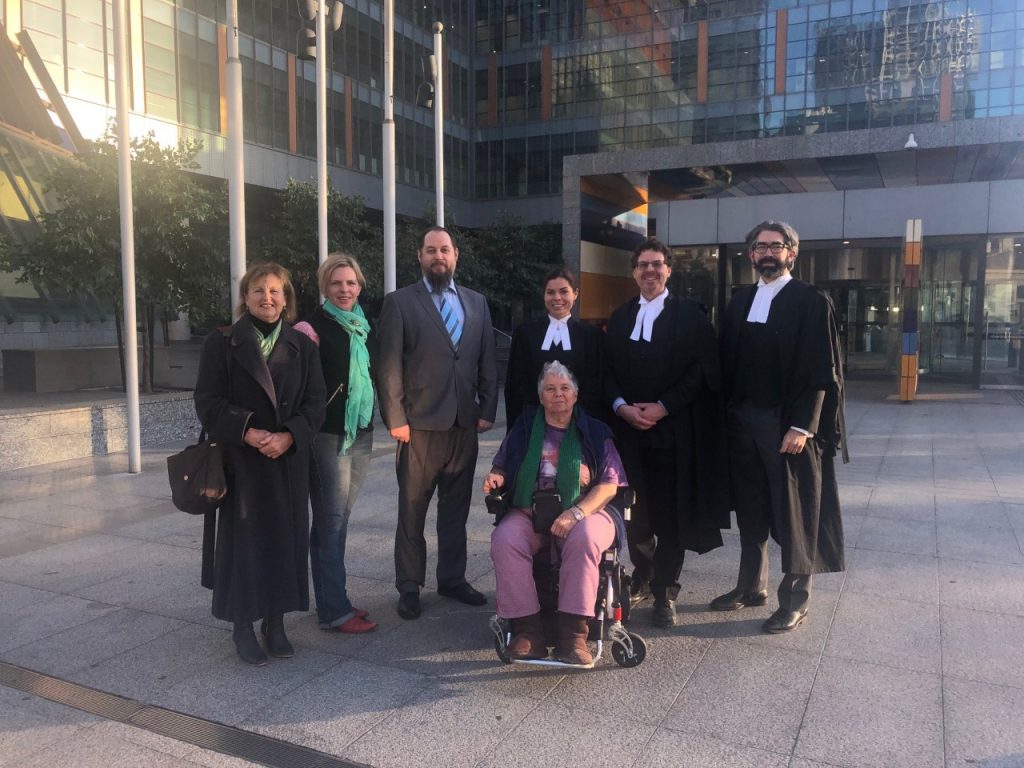What we stand for
ABA is dedicated to the promotion, protection and humane management of Australian Wild Brumby horses and advocates for common causes of member groups to National, State and Local Governments and to the public. (ABA Constitution Feb 2009).
Living Wild in Sustainable Numbers under Humane Management
A core goal of ABA is to ensure that Brumby numbers are retained living wild in their historic habitats, in a sustainable and humane manner.
This goal is a challenge since it conflicts with current political and environmental views that, despite Brumbies evolving for 200 years in areas that later became parkland, they no longer belong because wild horses, being an introduced species, will only cause damage to their environment.
The goal of Brumbies living wild in sustainable numbers requires projecting information that is capable of shifting the current negative wild horse paradigm into a positive one that shows the benefits gained from moderate Brumby levels.
To achieve the goal of sustainable wild horse populations, this website sets out to present the evidence of “why” and methodology of “how” to retain managed, viable Brumby levels, and highlights the positive impacts for native species, aesthetic values and ensures our living social heritage will survive for future generations to experience and learn from.
Healthy Brumbies in healthy environments assists species, such as birds, butterflies and insects by sustaining a patchwork of short, green grass that in turn enables biodiversity. We also recognise that removing too many Brumbies can disadvantage species that have benefited from their presence.
In working towards the goal of sustainable numbers we:
- Support objective, robust wild horse environmental studies, by working with the University of Queensland (USQ) to identify sustainable numbers,
- Call on park managers and scientists to join in the USQ Wild Horse research project to bring current polarised views into collaborative working relationships,
- Promote humane wild horse control options of fertility control and passive trapping,
- Oppose aerial or ground shooting and Brumby Running, and
- Support trials using SLOW ground musters where wild horses are moved at the pace of the slowest horse in the group. and
- Encourage passively trapped Brumbies removed under park management plans to be offered to suitably skilled rehoming groups or individuals who can ensure their transition from wild to domestic life, for they have an amazing range of skills to offer.
There are three key methods or strategies that are important to achieve this goal: Passive Trapping, Fertility Control and Re-homing. ABA advocates and promotes these strategies as ways to control a population, as opposed to the use of lethal culling to decimate a wild horse population.
Passive Trapping
Following the backlash reaction to the Brumby massacre in the Guy Fawkes River National Park in 2000, the NSW Government was compelled to manage wild horses on Park in a new and more humane way. In collaboration with the RSPCA and local horse men and women, a Trial Horse Capture and Removal Program was conducted in 2004, using a variety of trapping techniques. The trial led to a passive trapping program, initially contracted to local horsemen, that continues to the current day by Park staff.
During this period the Guy Fawkes Heritage Horse Association, and subsequently the Oxley Heritage Horse Association and Save the Brumbies (ABA Founding Members), were formed to take horses passively trapped in the National Parks and re-home them. All re-homing groups were key stakeholders on the Guy Fawkes River Horse Reference Group and advocated for the humane management of horses in the Parks (GFRNP and Oxley Wild Rivers NP).
For further information on the 2000 GFRNP aerial shooting massacre, please read the ABA Guy Fawkes 2000 review 20_Oct_2014.
The Guy Fawkes Management plan paved the way for wild horse management in Kosciuszko National Park when ABA founding member, the Victorian Brumby Association, initiated regular meetings with the National Parks and Wildlife Service (NPWS) at their Tumut office (NSW) to promote the use of passive trapping as a population control for KNP.
The ABA and Snowy Mountain Bush Users Group (SMBUG), another ABA founding group joined with the Tumut NPWS meetings, and then the RSPCA-NSW also joined us. Together we progressed passive trapping techniques, adaptions to the domestic horse transport code of practice and after some time safe transfer yards were erected at the Blowering NPWS.
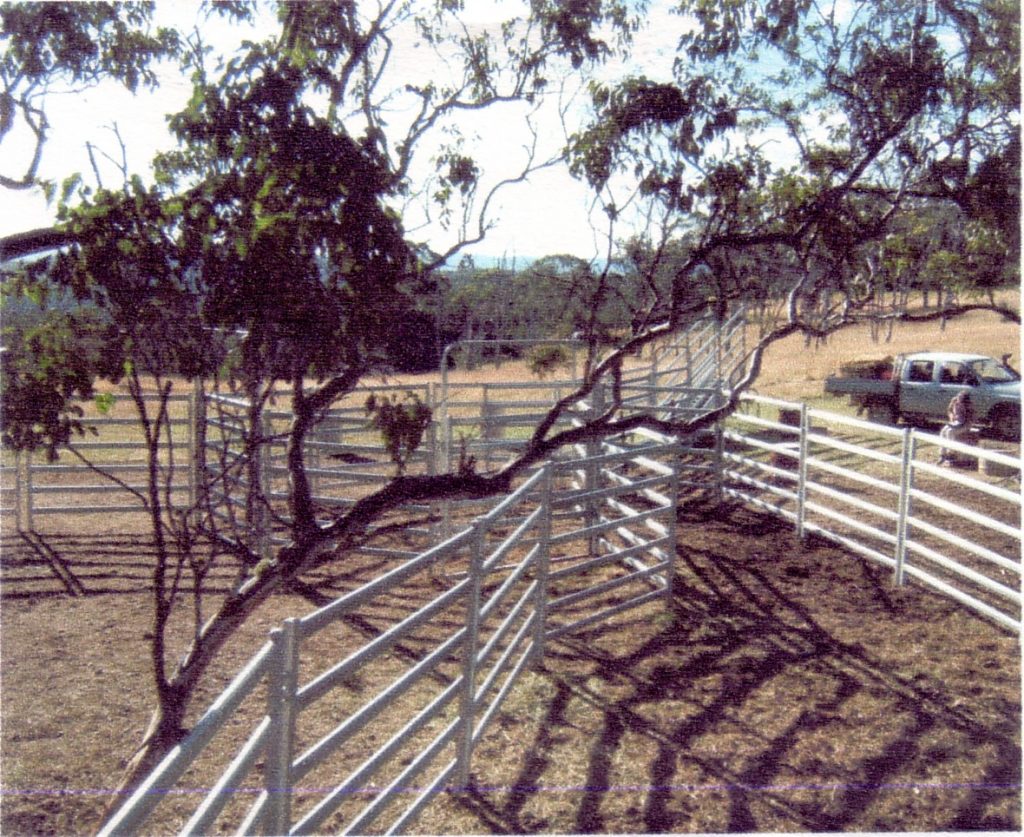



Fertility Control
The ABA hosted a one-day seminar in Brisbane in 2009 to bring together a range of speakers to explain how fertility control was being used on wild horse populations overseas, what research was being done on fertility control for horses and other species, including marsupials in Australia, and the issues of introducing fertility control in Australian horse populations.
The ABA seminar provided new professional and community contacts, that from the start, have been able to guide and support the ABA’s goal of sustainable numbers living wild.
Government is resistant to introducing fertility control programs, citing cost and poor efficacy, particularly in large remote areas. Research and development continue to improve fertility control methods with multi-year vaccines now a reality (see PZP-22 Fact Sheet). Nevertheless, authorities remain unconvinced.
Members of the Victorian Brumby Association undertook training in the administration of PZP vaccine via remote darting and volunteered their time to conduct a trial with Parks Victoria but the proposal was declined. We continue to keep abreast of new developments and push for a trial to be conducted in Australia.

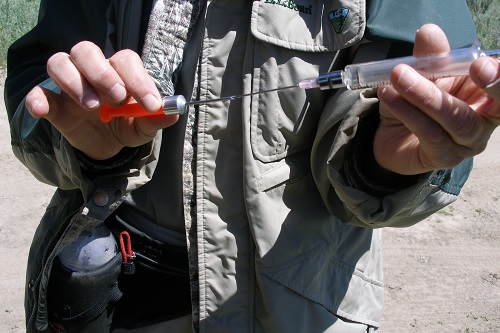
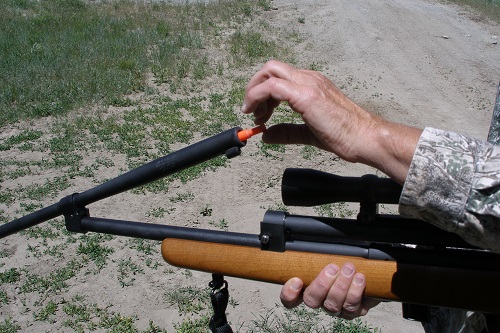
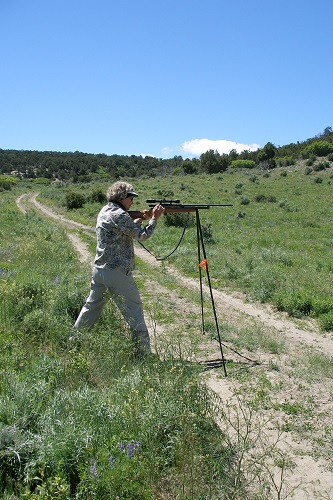
Re-homing
Re-homing has been undertaken by individuals and groups all over Australia for many years, virtually without financial assistance from governments. While ABA, itself, does not re-home horses, many of its member groups have re-homing programs and some manage Brumby sanctuaries. ABA supports re-homing as a key component of humane management of sustainable horse numbers and advocates this approach for horse management plans.
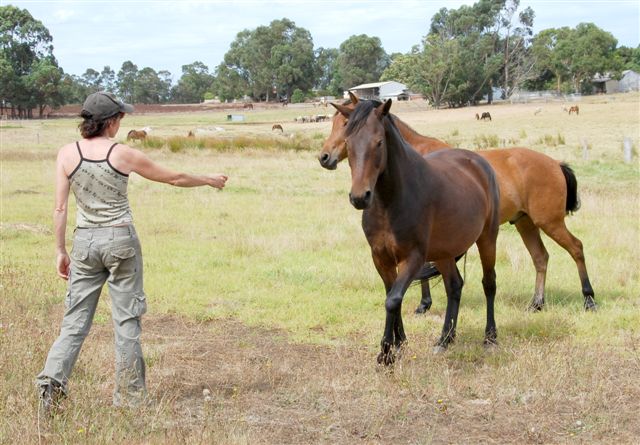

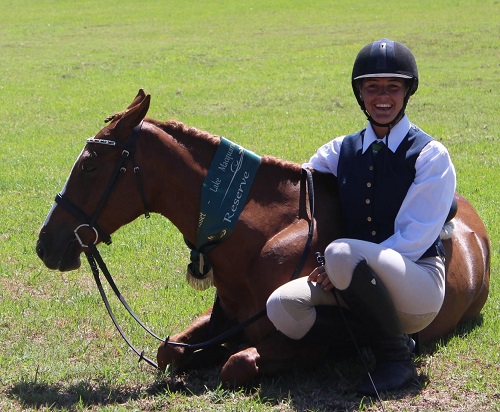
photo from ABHR Facebook page
How We Advocate and Promote
We Inform People and Promote Brumbies
There are many viewpoints and debates about wild horses and it is important that the positive facts and arguments regarding wild horses are clearly articulated and heard. We strive to inform the general public, media and governments about this information and promote Brumbies via:
- our Website, Social Media and ABA Information Papers
- Information Booths, Open Days, Horse Handling Clinics
- Showcasing Brumby Horses at ABHR events and the Australian Brumby Challenge.
Our information is sourced from expertise within the ABA as well as from outside the organisation. We keep up to date with wild horse and animal welfare developments and we constantly review the scientific, historical and social literature.
From our collective knowledge, we are developing a range of ABA Information Papers to present alternative views on Brumby management to counter the cadre of invasive species biology thinking that is generally found on national park and environmental websites, scientific literature and the media.

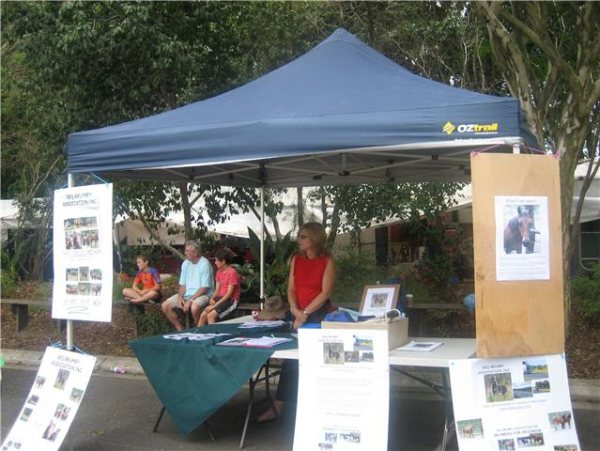

We work with Government where and when we can
The ABA attends many face-to-face meetings with park managers and politicians in Qld, NSW and Victoria and has been a key stakeholder on many committees and advisory groups. We find face-to-face meetings have more chance of success than written information alone; they allow us to develop stronger relationships with other stakeholders, both on our side of the fence and on the other, and give us a firmer platform to voice our views. It is hard work at times and seems an uphill struggle, but we never thought this was going to be a quick fix, and are persisting with our goal firmly in place.
We collaborate with other wild horse and animal welfare groups
There are many wild horse and animal welfare interest groups and we all have different approaches, views and priorities. But we all strive to protect the horses and, on many issues and on many occasions, we come together to share information, support a call to action and give a unified voice on behalf of the horses. Whether it is a petition, a rally or just support, it is important to align our interests when we can.
We write submissions to governments and government bodies on policies and actions relating to Brumbies
A key way the ABA advocates/lobby’s government is to provide detailed submissions demonstrating the range of positive attributes Brumby have in managed numbers. National Parks count as one submission anything from one individual email saying just kill all the feral horses, through to the complex submissions we provide as an organisation.
We need both individual and group submissions to best statistically reflect all community feedback.
The ABA writes submissions for the formal community feedback stage to, for example:
- National Park Management Plans;
- Parliamentary reviews/inquiries, such as the Victorian Parliamentary inquiry to review progress on the 2016 Auditor-General audit report on Victorian Wetlands meeting Obligations to Protect Ramsar Wetlands, etc.;
- Land management plans where Brumbies are present;
- Act revisions that relate to Brumby issues such as the Acts on the Environment Protection and Biodiversity Conservation and Animal Cruelty Act, etc.;
- Royal Commissions such as the Bushfire Royal Commission, Parliament of Victoria Integrity and Oversight Committee; and
- Any other opportunity that presents where Brumby management/welfare is involved.
And, when necessary we rally and we take legal action
In an ideal world, debate, discussion and negotiation would be all we need to come up with good solutions. However, there are times when we believe something is just not right and demands urgent action. Whether it is a protest rally or legal action, these measures are not taken lightly but may be vital in protecting Brumbies and other wild horses.
